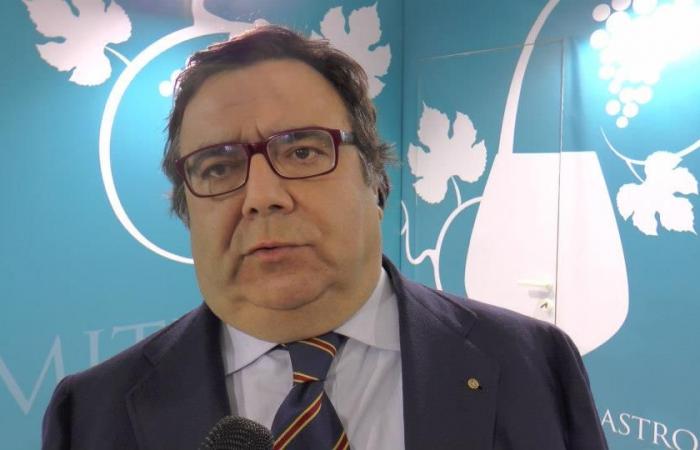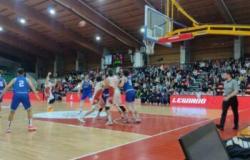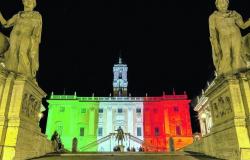From 1 July the entrance ticket to the Archaeological Park of Herculaneum will cost 16 euros, with an increase of 23% compared to the previous 13 euros. This increase in prices, discovered randomly through the online ticket purchasing platform, has caused considerable concern among local tour operators.
Maurizio Maddaloni, owner of an important travel agency and councilor of Fiavet Campania Basilicata, expressed his doubts about the increase not communicated in advance. Maddaloni underlines that such decisions can negatively impact Campania’s competitiveness compared to other tourist destinations that benefit from incentives and promotions. What is most worrying is the timing of the increases, implemented in the middle of the tourist season, making it difficult for those who have already planned their holiday packages well in advance to adapt.
Tourism, says Maddaloni, is a question of planning. Packages and related services are often sold a year in advance, and sudden pricing changes can create significant inconveniences. The lack of communication and coordination with industry players is seen as a serious flaw in the decision-making process.
Tour operators, who actually bring visitors to archaeological sites, often find themselves having to face the consequences of such increases without having time to adapt. This can lead to additional costs that travel agents must cover to maintain good relations with foreign tour operators and safeguard the image of Italian tourist destinations. The concern is that such increases not accepted by previously stipulated contracts could lead to negative judgments on the professionalism and commercial fairness of Italian operators.
Giuseppe Scanu, president of Fiavet Campania Basilicata, highlighted the need for greater political recognition and adequate attention from institutions for the tourism sector. The lack of collaboration and the tendency to operate independently risks undermining efforts to promote inland areas and lesser-known sites. Scanu complains that without a common strategy, operators will prefer to focus on already established destinations, which require less promotional effort.
The proposed solution is the establishment of a discussion table to establish more effective and transparent rules and methods of collaboration. This would allow for more coordinated management of pricing policies and institutional relations, to the benefit of the entire Campania tourism sector.
In conclusion, the increase in ticket prices in Herculaneum raises fundamental questions about management and communication in the tourism sector. To maintain Campania’s competitiveness as a tourist destination, a more coordinated approach and greater sensitivity to the needs of sector operators is essential.






